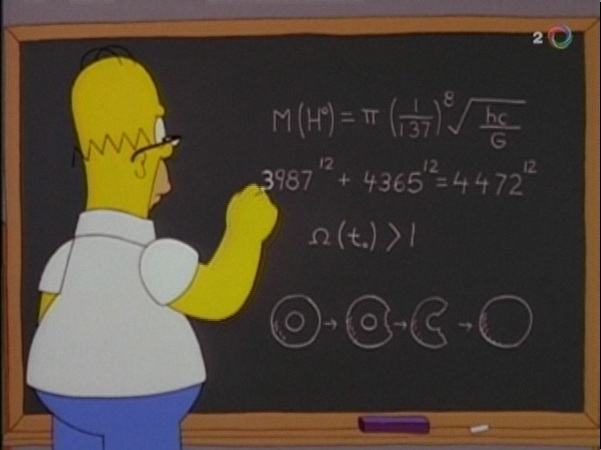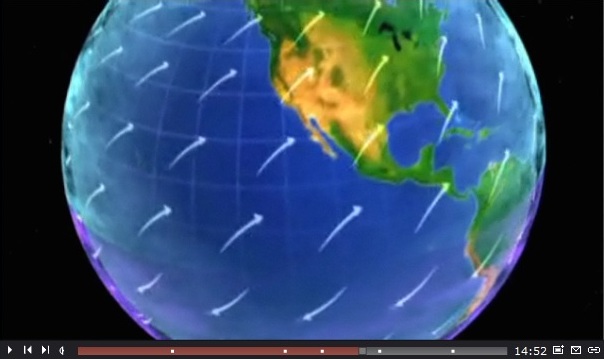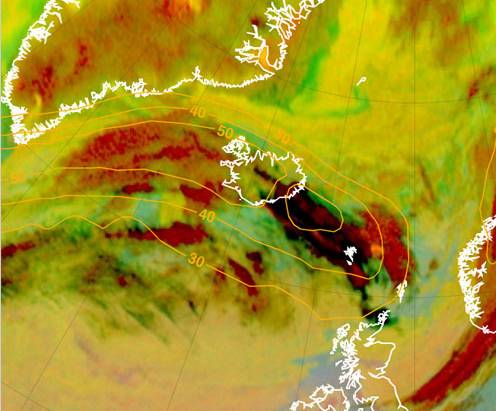I have been reading the celebrated biography of Albert Einstein by Walter Isaacson, and in it, the chapter about Einstein’s beliefs and faith. In particular, the question of free will.
In Einstein’s deterministic universe, according to Isaacson, there is no room for free will. In contrast, physicists who accepted quantum mechanics as a fundamental description of nature could point at quantum uncertainty as proof that non-deterministic systems exist and thus free will is possible.
I boldly disagree with both views.
First, I look out my window at a nearby intersection where there is a set of traffic lights. This set is a deterministic machine. To determine its state, the machine responds to inputs such the reading of an internal clock, the presence of a car in a left turning lane or the pressing of a button by a pedestrian who wishes the cross the street. Now suppose I incorporate into the system a truly random element, such as a relay that closes depending on whether an atomic decay process takes place or not. So now the light set is not deterministic anymore: sometimes it provides a green light allowing a vehicle to turn left, sometimes not, sometimes it responds to a pedestrian pressing the crossing button, sometimes not. So… does this mean that my set of traffic lights suddenly acquired free will? Of course not. A pair of dice does not have free will either.
On the other hand, suppose I build a machine with true artificial intelligence. It has not happened yet but I have no doubt that it is going to happen. Such a machine would acquire information about its environment (i.e., “learn”) while it executes its core program (its “instincts”) to perform its intended function. Often, its decisions would be quite unpredictable, but not because of any quantum randomness. They are unpredictable because even if you knew the machine’s initial state in full detail, you’d need another machine even more complex than this one to model it and accurately predict its behavior. Furthermore, the machine’s decisions will be influenced by many things, possibly involving an attempt to comply with accepted norms of behavior (i.e., “ethics”) if it helps the machine accomplish the goals of its core programming. Does this machine have free will? I’d argue that it does, at least insofar as the term has any meaning.
And that, of course, is the problem. We all think we know what “free will” means, but is that true? Can we actually define a “decision making system with free will”? Perhaps not. Think about an operational definition: given an internal state I and external inputs E, a free will machine will make decision D. Of course the moment you have this operational definition, the machine ceases to have what we usually think of as free will, its behavior being entirely deterministic. And no, a random number generator does not help in this case either. It may change the operational definition to something like, given internal state I and external inputs E, the machine will make decision Di with probability Pi, the sum of all Pi-s being 1. But it cannot be this randomization of decisions that bestows a machine with free will; otherwise, our traffic lights here at the corner could have free will, too.
So perhaps the question about free will fails for the simple reason that free will is an ill-defined and possibly self-contradictory concept. Perhaps it’s just another grammatically correct phrase that has no more actual meaning than, say, “true falsehood” or “a number that is odd and even” or “the fourth side of a triangle”.





